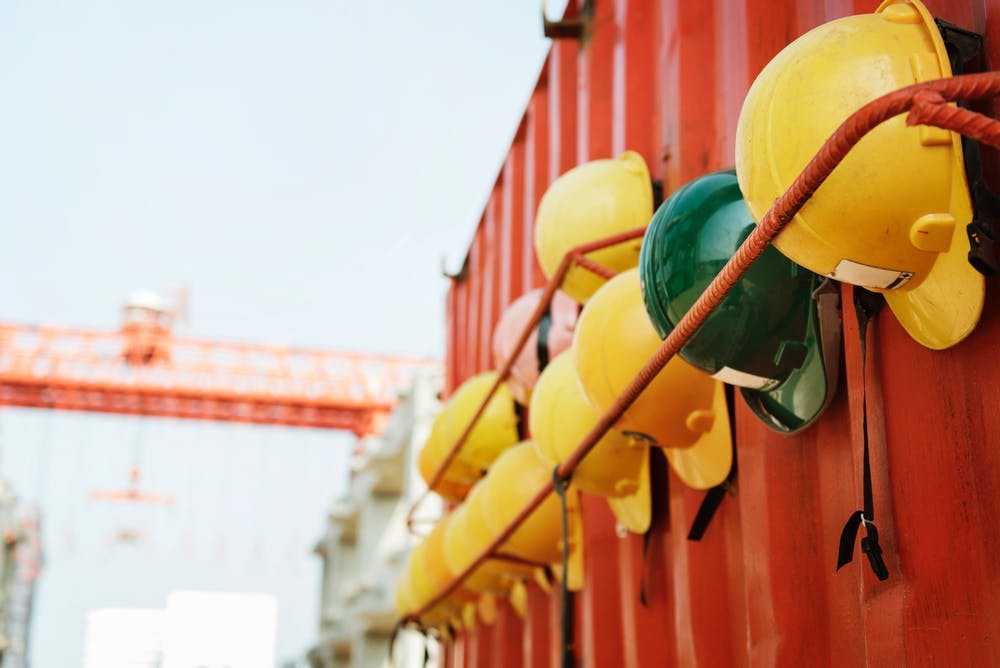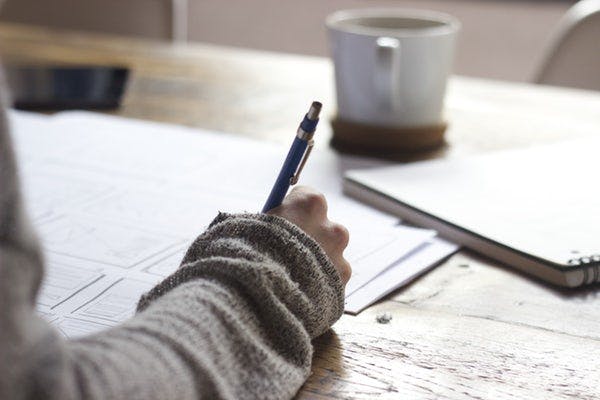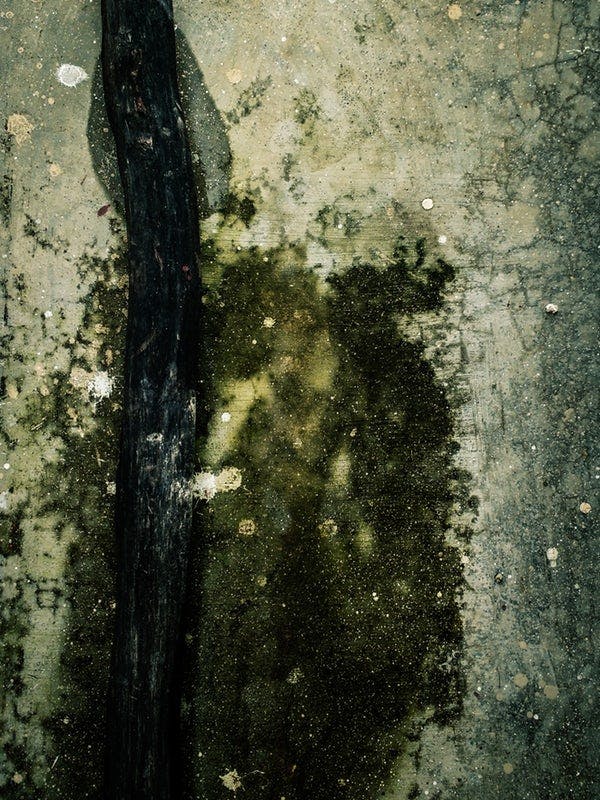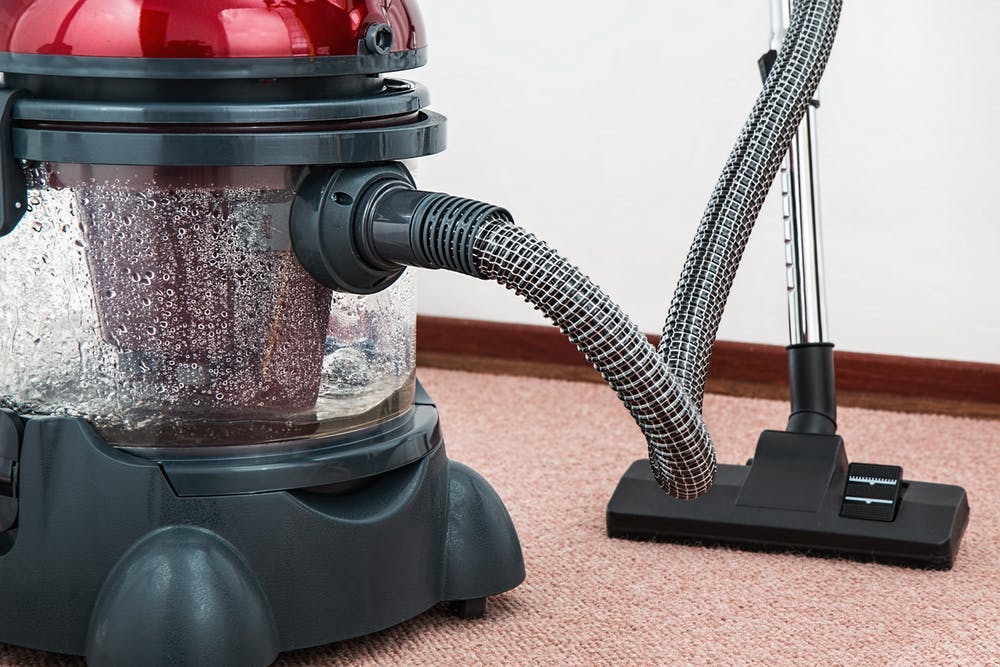Nothing dampens your mood like a flood in your home. While water doesn’t often appear to be harmful, large quantities of it can damage your home considerably and even present a danger to you and your family. Floods can be caused by anything from faulty plumbing to a natural disaster. Even if you aren’t currently experiencing flooding conditions, it’s important to be aware of what to do in case of a flooding emergency. Here are five things you should do during the first 24 hours after you’ve been affected by a flood.

1. Safety first.
Safety should always be your first priority. Flood water can be contaminated with chemicals and sewage. It can also provide hiding places for things like broken glass and live electrical wires. Stepping in standing water that has an electrical current running through it can cause serious injury or even death. Floods don’t just damage homes, they present huge safety dangers to people. Make sure that if you’ve experienced a flood, you take precautions to stay safe.
If you had to leave your home, make sure it is safe before you re-enter. Don’t just walk in blindly; take time to carefully evaluate the best course of action for reentering your home. If any electronic devices you own got wet, make sure that you take them to be examined by a professional before you try plugging them in again. Wearing waterproof pants and boots can also help as you traverse your home during flood conditions.

2. Contact your insurance company before you try to fix anything
Most likely, if you’re experiencing flooding, it isn’t your fault. That means your homeowner’s insurance can come to your rescue, but only if you do your part. While it can be tempting to start the cleaning process right away, make sure you’ve contacted your insurance company first. If you’re not careful with this, your insurance company can overcharge you big time. Make sure you’ve got approval from them before you try to get the water out of your home.

3. Document everything
Along with waiting for your insurance company’s approval to remove the water, we recommend carefully documenting the damage so they know the exact extent of the damage to your home. Take loads of photos. The more photos you can take, the more your insurance company can help you. This easy step can help you save tons of money and get your home repaired more quickly. Make sure you take safety precautions while you document the damage to make sure you aren’t injured in the process. If your home is not safe, do not enter to document the damage. Wait until you know it is safe to enter before doing so.

4. Stop the spread of mold
This one is absolutely vital. Mold can begin to spawn after even a short 24 hours after a flood, meaning anything porous isn’t safe for long. Mold can present serious health issues to you and your family, so it’s important that you protect yourself while working to remove mold. Wear protective clothing and a face mask to keep from getting sick while you work. You’ll have to remove any affected carpet, mattresses, and fabric furniture. Because mold is such a health risk, only keep things that are completely worth their sentimental value to you. It may be difficult to make these decisions, but it will help your family move forward from this point on.

5. Remove water
Using a sump pump and a wet vac, remove the water once you’ve gotten the go ahead from your insurance company. Removing the water helps reduce the amount of damage and allows you to get started on repairs quickly.
While no one wants to be the victim of flooding damage, it’s important to know what action to take in case of an emergency. If you’re experiencing a natural disaster, make sure to find out what resources are available to you and always stay safe.
